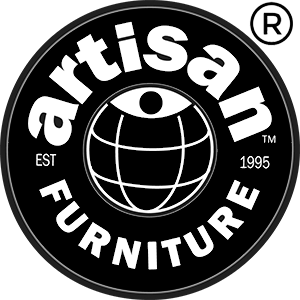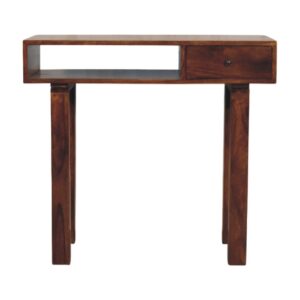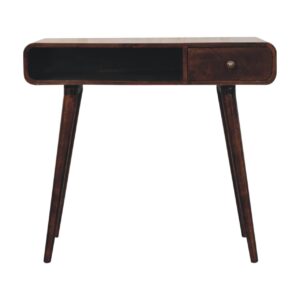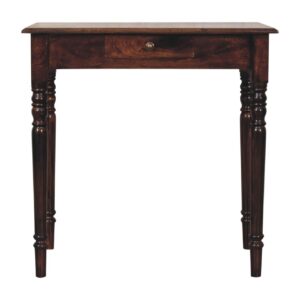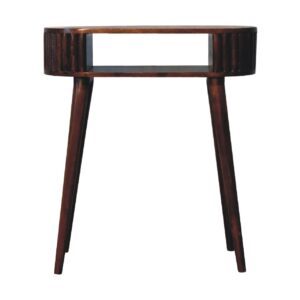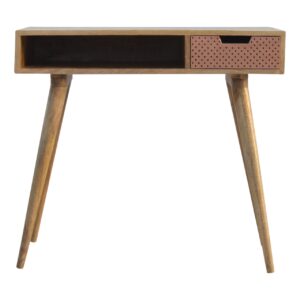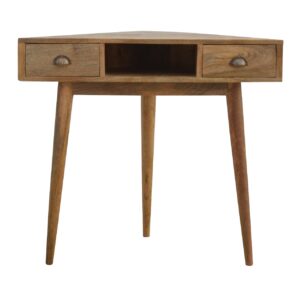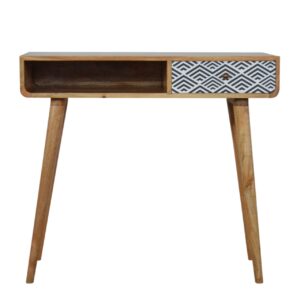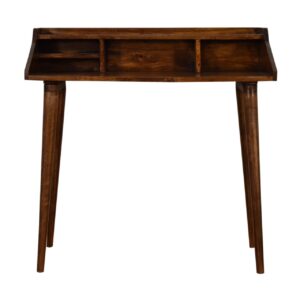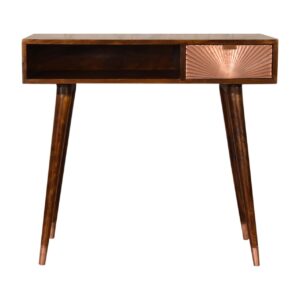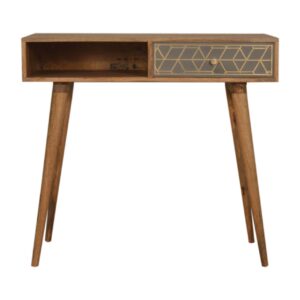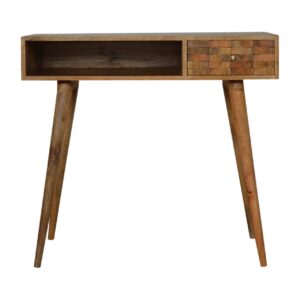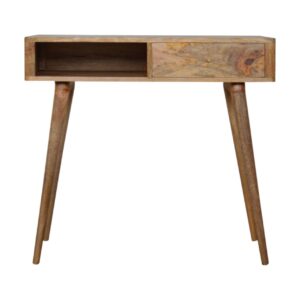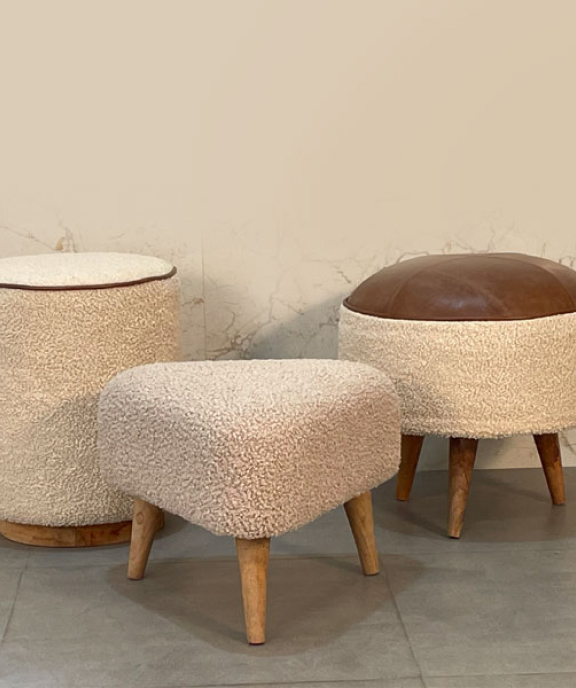Did you realize that an individual typically dedicates around 1,700 hours each year to working at their desk? Considering this significant investment of time, creating a writing desk that meets both our practical requirements and personal preferences is vital.
We should start by evaluating the available space to decide on a desk size that will be a good fit. Next, we’ll select a style that not only complements our room but also inspires us. We’ll need to think about the materials and colors that we’re drawn to, aiming for a desk that’s not just functional but also visually appealing. Personalizing with accessories adds a unique touch.
To complete the process, we’ll go through the necessary steps to order and set up our new desk. Our goal is to establish a workspace where we can be both productive and creative.
Key Considerations for Your Writing Desk:
- Assess the Available Space: Measure your area to ensure the desk fits well.
- Choose Your Style: Pick a design that stimulates your creativity and matches your decor.
- Materials and Colors: Opt for ones that you find attractive and that serve your work habits.
- Personalization: Add accessories that reflect your personality and increase functionality.
- Ordering and Installation: Follow through with the purchase and set up your desk correctly.
By thoughtfully approaching each step, you can create an ideal work environment tailored to your needs.
Assessing Space and Size
Before selecting a writing desk, it’s essential to take precise measurements of the intended space. The goal is to fit the desk comfortably without making the area feel cramped. We use a tape measure to determine the length, width, and height available.
More than just fitting the desk into space, we consider how it will affect the room’s traffic flow, ensuring there’s enough room to move, sit comfortably, and have easy access to the desk.
In addition, we think about future needs such as possible room reorganization or the need for more space. Our objective is to select a desk that’s both functional and aesthetically pleasing. Factors like natural lighting, the location of electrical outlets, and storage requirements are all taken into account.
Attention to these details is vital as they contribute to a workspace that promotes productivity and comfort.
Selecting Style and Design
After evaluating the room’s dimensions, the next step is to select a writing desk that resonates with our style preferences and the room’s interior design. The goal is to find a desk that offers both practicality and aesthetic value. Some may prefer a sleek, unadorned desk with a contemporary feel, while others might be drawn to desks that exhibit the warmth of wood and the charm of classic design, becoming a source of inspiration.
We also have to take into account modern desk features such as integrated charging ports and hidden systems for organizing wires. The aspect of comfort isn’t overlooked; adjustable heights are a sought-after feature for a more tailored and comfortable writing environment. The ideal is to find a desk that isn’t just visually pleasing but also fully equipped to support our work.
Choosing the right desk involves a careful balance – it’s not just about picking a statement piece, but about finding a practical piece of furniture that suits our writing habits.
Material and Color Choices
After finalizing the design, the subsequent task is selecting suitable materials and colors to fulfill both practical and visual needs. The goal is to find materials that are long-lasting, simple to maintain, and colors that reflect individual taste.
Here are some choices to examine:
| Material | Color |
|---|---|
| Solid Wood | Deep Mahogany |
| Metal | Sleek Grey |
| Glass | Transparent |
| Laminate | Pure White |
Solid wood is synonymous with classic beauty, and a deep mahogany color exudes an air of refinement. Metal, finished in a sleek grey, offers a contemporary look and is known for its strength. Glass, transparent and uncolored, gives the impression of more room and presents a spotless appearance. Finally, white laminate is an economical choice that maintains a simple style and is straightforward to keep clean. Each option will be considered with care to ensure that the desk serves as more than just furniture, but as a focal point in the workspace.
When choosing, it’s wise to think about how each material will endure over time and how the color might influence the room’s atmosphere. A mahogany wood might warm up a space, while a sleek grey metal could give it an industrial feel. Transparent glass can make a small room appear larger, and a pure white laminate might brighten a space while providing a clean slate for creativity. It’s about finding the right balance between practicality and personal expression.
Customizing With Accessories
Choosing the core materials and colors are just the beginning when setting up a practical and personal writing desk. It’s equally critical to consider accessories that serve dual purposes: they should improve the desk’s utility and reflect the user’s unique style.
Organizers that prioritize both form and function can help maintain a tidy space while complementing a contemporary design sensibility.
A desk lamp with variable lighting options can offer visual comfort and should match the overall aesthetic of the workspace.
For those extended periods of writing, a chair designed for proper support and posture isn’t just a luxury but a necessity for well-being.
Integrating modern necessities such as USB ports and cable organizers keeps technology at an arm’s reach without contributing to a disordered environment.
Lastly, the addition of personal touches, like a distinctive paperweight or an inspirational piece of art, transforms the desk into a space that embodies the individuality of its user.
Ordering and Installation Steps
Selecting a vendor with a strong reputation and placing an order for a custom writing desk requires attention to detail and clear communication of our requirements. We need to review each specification meticulously, such as the materials used and the inclusion of features like cable management.
After confirming the design and noting the estimated arrival time, it’s wise to prepare where the desk will be set up.
Upon delivery, we should check that all parts are correct and accounted for. If we decide not to install the desk ourselves, hiring a professional installer is the next step. Their expertise ensures the desk is put together correctly and securely.
During the installation, we should monitor the process to ensure the desk is level, stable, and situated where we prefer. After assembly, a final inspection is necessary to ensure the desk is in flawless condition and ready for use.

